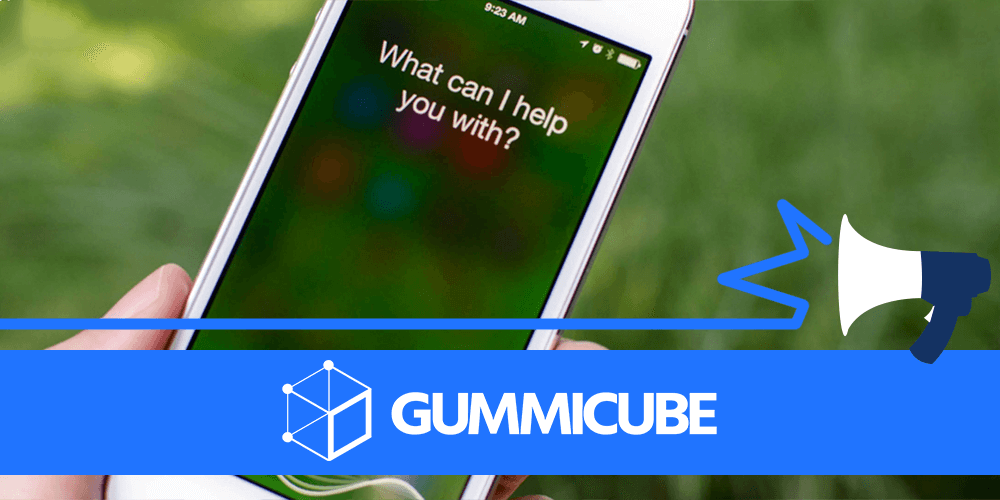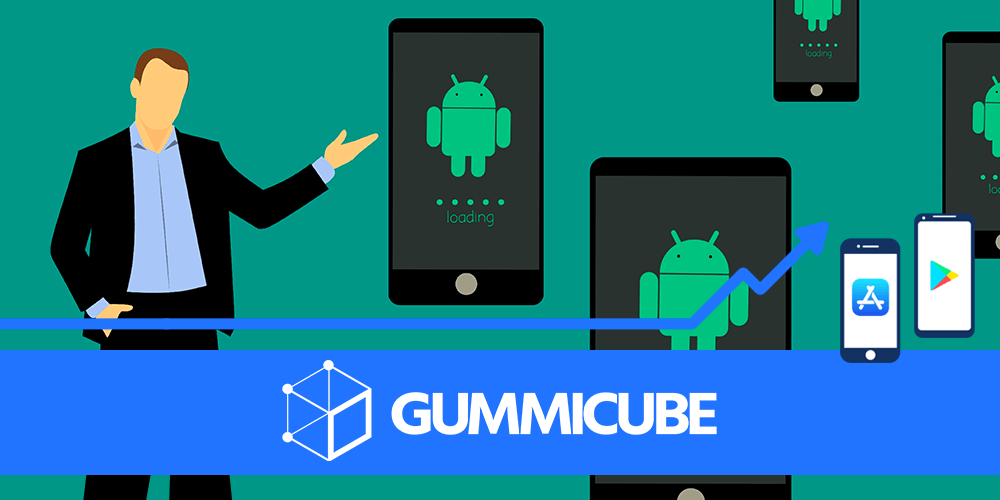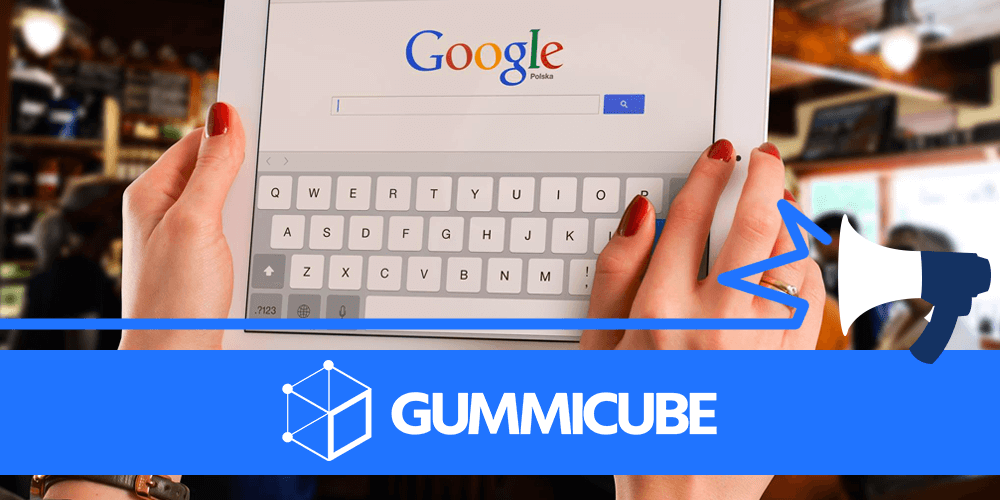
Posted on July 7th, 2018
Apple Search Ads has proven itself indispensable to app developers, helping them find greater visibility and relevancy for their ads. It’s a success for both Apple and developers, with conversion rates holding at around 50 percent and a cost per acquisition that’s below $1.50. Additionally, the tech company recently added creative sets to help developers target more niche audiences and keywords. With Apple adding new features to the Search Ads platform, it’s a wonder why it’s limited to only a handful of storefronts. Recently, Apple announced that the Search Ads advertising service will be expanded to encompass more countries, further extending its reach to worldwide app markets.

Posted on June 16th, 2018
Among the announcements from Apple at WWDC 2018 was that Siri, its virtual assistant, would be receiving an upgrade to allow greater interactivity with apps. With SiriKit, iOS and watchOS apps can work with Siri, providing developers new possibilities to increase user retention, discovery and usage.

Posted on June 6th, 2018
The

Posted on May 25th, 2018
Google has been quietly removing the feature graphic from their Google Play Store, as seen by devices running the latest OS and play store versions. While the update began in late April 2018, more users are reporting that the feature graphic has been removed completely. While it’s uncertain if all Android devices are affected, it’s presumed that the change will soon appear. Since the feature graphic is essential for converting users, its loss will have an impact on all developers. How should they update their ASO strategies to prepare for the change? What’s the Impact? The feature graphic plays a vital role in driving user downloads on the Google Play Store. Our internal research has shown that the feature graphic accounts for up to 30% of all conversions. The removal of the feature graphic could have a detrimental effect on apps that do not update their other creative assets (icon, screenshots and preview video) accordingly. In the absence of the feature graphic, the role of converting users will heavily rely on the app’s screenshots and video, which now position higher on the screen to compensate. Additionally, to fill the gap left from the removal of feature graphic, Google has lifted the restrictions on screenshots sizes, giving developers leeway to add landscape or portrait images of any size to their Google Play Store product page.

Posted on May 23rd, 2018
Have you ever wanted to try an app before downloading it? Developers are constantly looking at new strategies and tools that will help them improve conversion and retention, but many suffer from users that download their app and either open it once and uninstall, or never even open it.

Posted on April 18th, 2018
Marketing an app exclusively within the Apple App Store or Google Play Store will severely limit its visibility. A good marketing strategy has to draw users in from a wide range of sources, including both paid ad campaigns and social media. As one of the most frequently used websites and phone apps, it’s no surprise that Facebook ads are used by 93 percent of social media advertisers, and 62 percent of marketers consider it to be their most important platform. Utilizing Facebook as a marketing platform can help mobile apps grow significantly.

Posted on April 14th, 2018
Google has launched yet another set of updates for its Play Store with changes that could

Posted on April 4th, 2018
Marketing mobile apps can seem confusing if you’re not sure where to begin. Traditional methods, such as Google UAC and Apple Search Ads, are a great way to get started, but they’re not the only way. In fact, many developers find they’re not the most effective, either.

Posted on March 28th, 2018
Google is at it again with new updates to their Google Play Store that seem to have come out of the blue. Within the past few weeks, users have been reporting new updates that help improve the user experience both in the Play Store and while using apps and playing mobile game. These changes will help users navigate the Google Play Store more easily, discover apps, engage better with ads and even allow users to try apps without installing.

Posted on February 23rd, 2018
iOS app developers – big news for your App Store product pages. Apple quietly released an update on iTunes Connect allowing you to now upload up to ten screenshots. That’s right, the tech company drastically increased the number of screenshots that can be used to showcase your app’s UI and core features. Apple also updated their Product Page Optimization link to include the newly updated number. Despite the total number going up, the amount of screenshots displayed in user search will still be three portrait or one landscape, as is the case for users running iOS 11. Developers will still have to decide if portrait or landscape orientated screenshots are best for highlighting their app, but having more screenshots simply means that developers get more opportunities to highlight their app’s capabilities. With more screenshots, developers can showcase various features and truly let their app’s UI shine. However, developers need to understand that having more screenshots means that there are more opportunities to improve - or in some cases hurt - their conversion. Since screenshots are a key to the conversion funnel, developers will need to make sure that they’re not simply repeating screenshots that highlight core features but are instead showing multiple facets of the app. If developers are ever worried, they can take advantage of ASO best practices to ensure that their screenshots will convert the maximum number of users. Having more screenshots is truly a welcome surprise. Make sure to get started on those additional creatives right away so you can begin to show off more aspects of your app and improving your conversion rates!

Posted on February 2nd, 2018
Over the past few years, Google has worked hard to increase trust in the Play Store by constantly removing bad apps and improving their technology to make sure similar apps never appear in the first place. This hasn’t been easy for them since they rely on an automated approval process rather than human interaction, but their algorithm has come a long way. In the fight against the bad seed developers, 2017 was a banner year, with over 700,000 apps either being taken down or denied, which was a 70% increase over 2016. Google claims that 99% of these apps were caught during the approval process and never reached the Play Store. Along with this, they have begun to deal with repeat offenders, with 100,000 developers being banned outright. While it’s not perfect, Google attributes their success to increased reliance on machine learning technology, which has successfully identified and blocked copycat apps, apps with inappropriate content, and Potentially Harmful Applications (PHA). When you’re ready to submit your app to the Google Play store, here are a few helpful tips to prevent it from being rejected: Make Sure You Own All Your Content The most common type of apps that Google looks for is copycat apps, which accounted for over 250,000 of the 700,000 caught last year. Google describes these as “attempting to deceive users by impersonating famous apps.” This can range from completely stealing an app’s code to copying the icon. However, not all apps turned down by Google as copycat apps are copies on purpose. Some apps simply don’t have a license for the assets they use. This reason is why it is important to either create original content or make sure you have all the rights to anything you use, both in your creatives and within the app itself.

Posted on December 23rd, 2017
2017 was a huge year for app developers, and companies, publishers and more have realized that mobile apps are more than a novelty: they’re a necessity. The number of mobile apps on the App Store and Google Play Store exploded past 2 million combined in 2017. Along with the number of mobile apps increasing, according to Statista, the number of free mobile downloads is supposed to surpass 253 billion at the end of 2017. The mobile apps market is thriving, and if 2017 has been any indicator, 2018 will be just as big, perhaps even bigger. While 2017 was finally the year that developers realized ASO is no longer a hidden gem but instead a necessary tool, they also noticed specific trends such as augmented reality, wearable apps and others. Here’s a list of some mobile app trends to out for in 2018: 1. Augmented Reality (AR) Apps – Another Element to Life While Pokémon Go was the big AR app for 2016, it’s popularity carried over into 2017, and made way for more app developers to integrate the technology into their apps. AR technology has been introduced to tons of apps, including shopping apps like Amazon and Ikea. Even children’s apps have begun integrating the technology into their apps to allow kids to draw, play or even create 3D models. As we move into 2018, we’ll see more developers such as ones in real estate, healthcare and more hop on the AR bandwagon. These developers have already started integrating the technology into their apps in 2017, but it’s likely to become more rampant in 2018.













